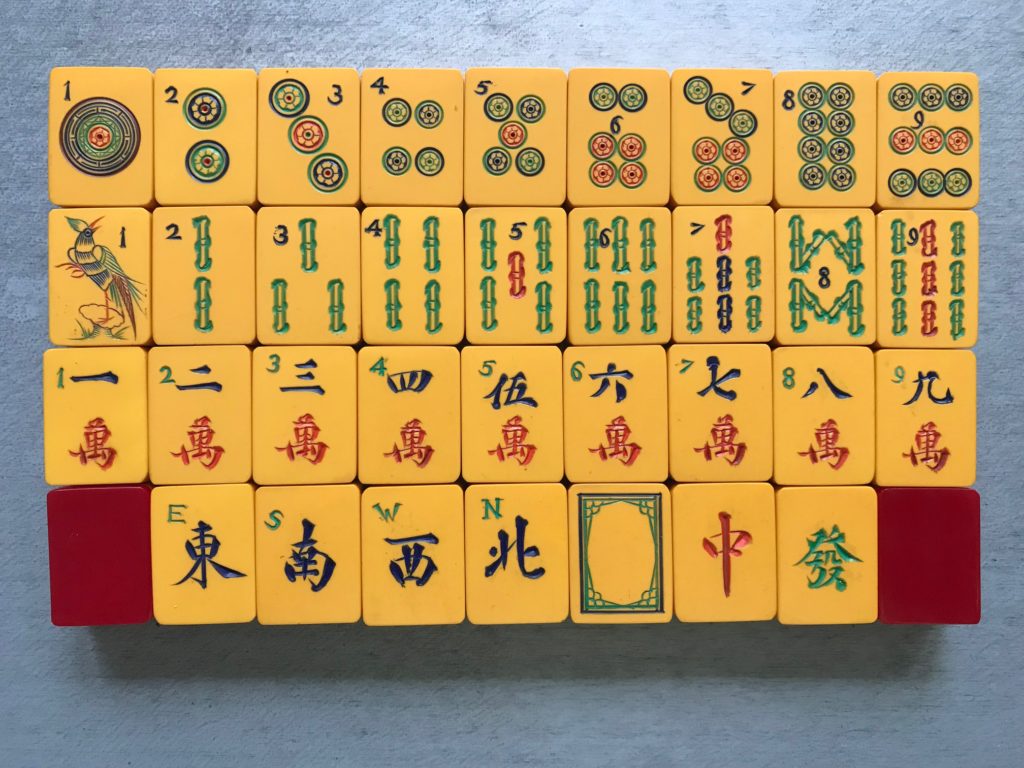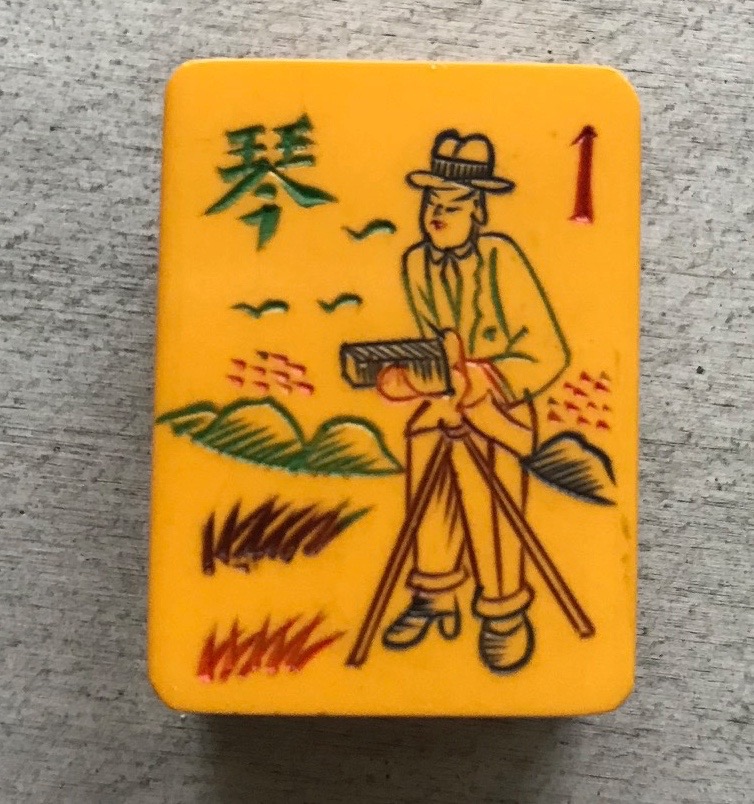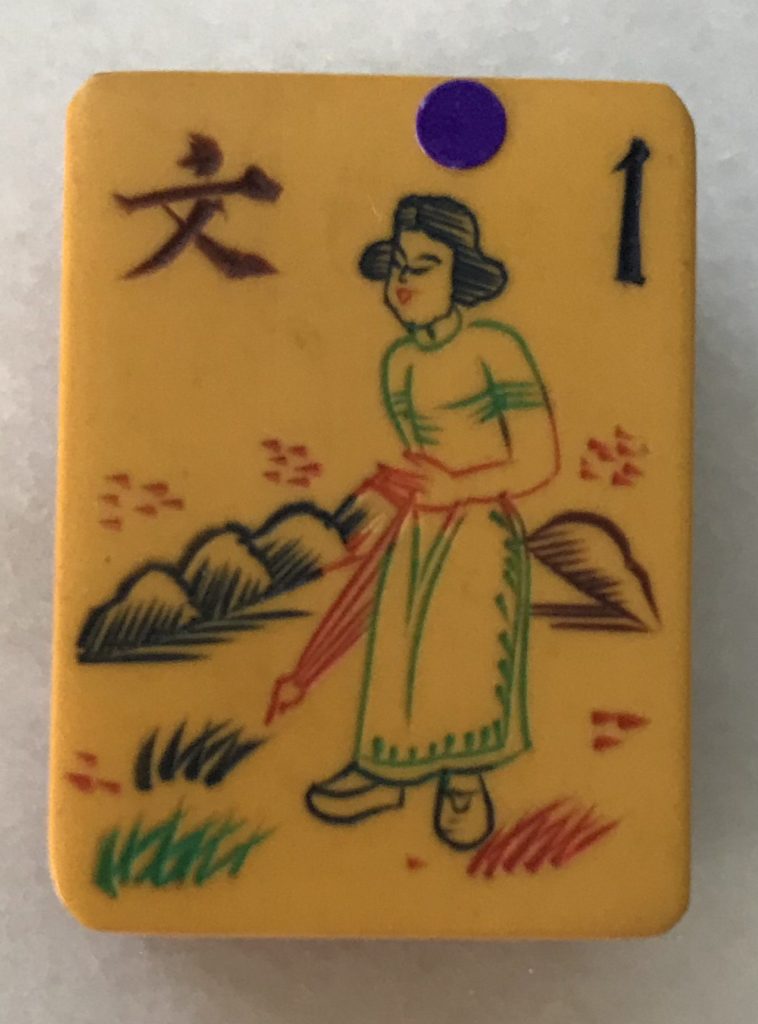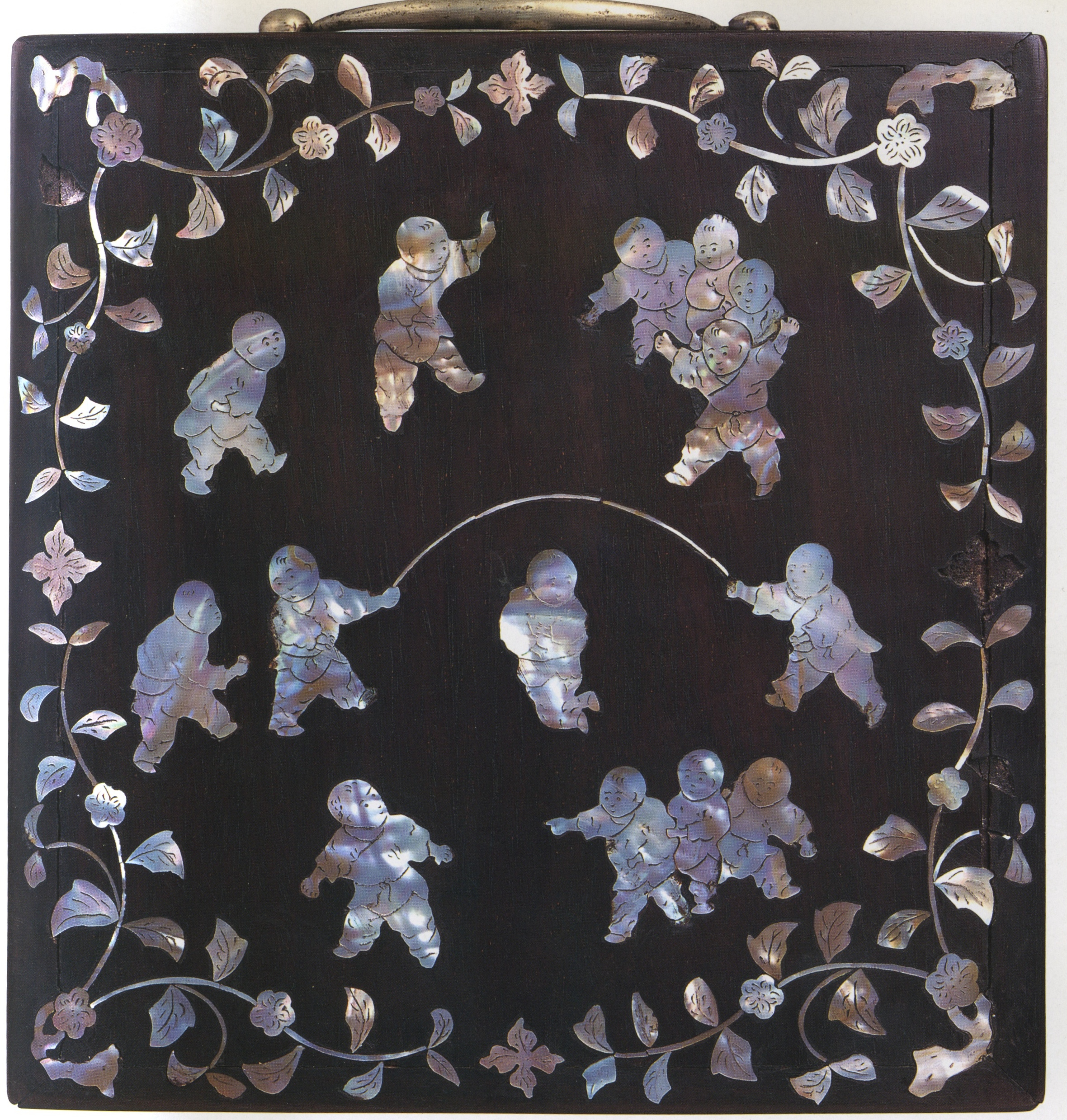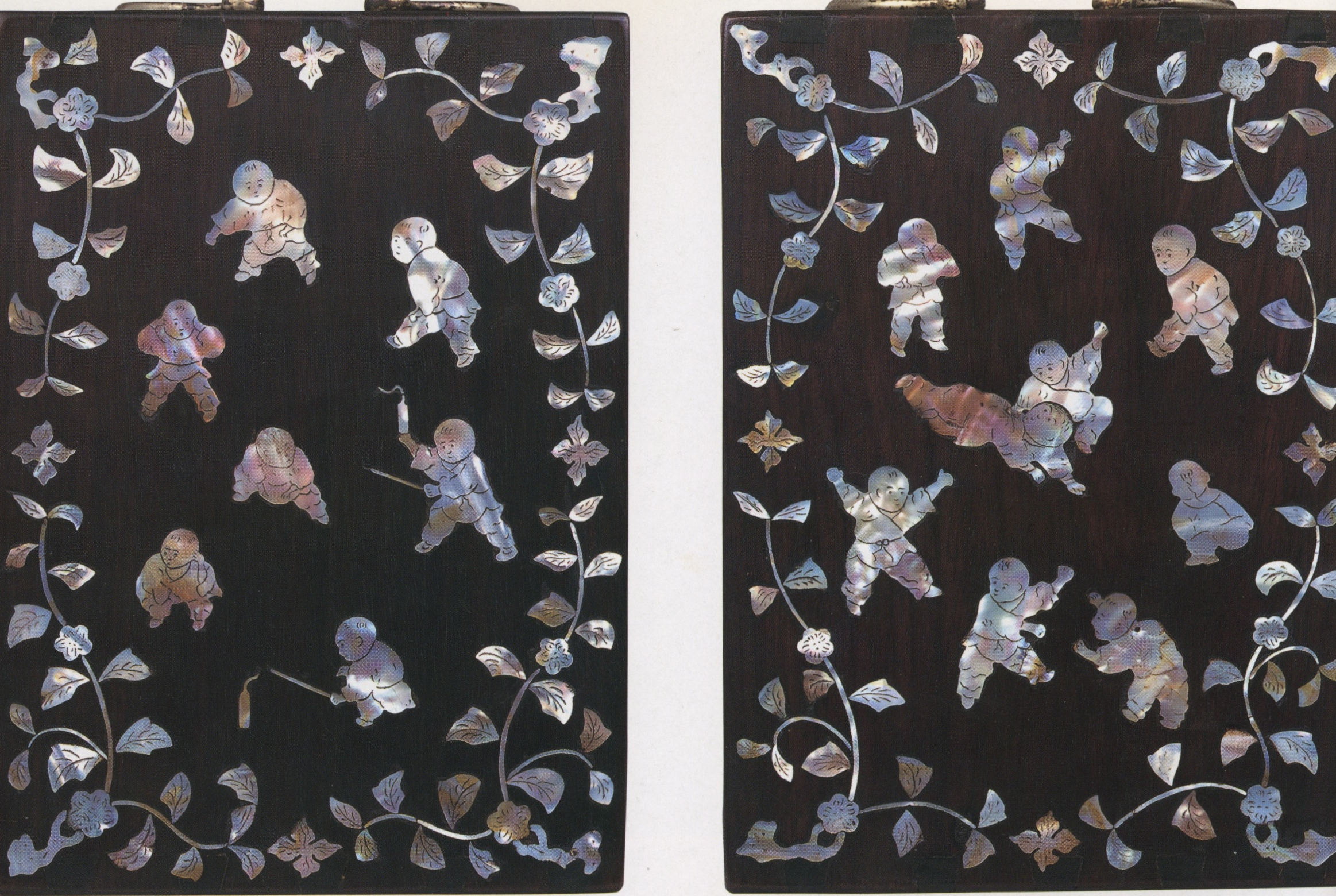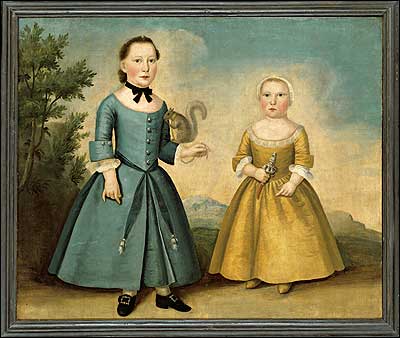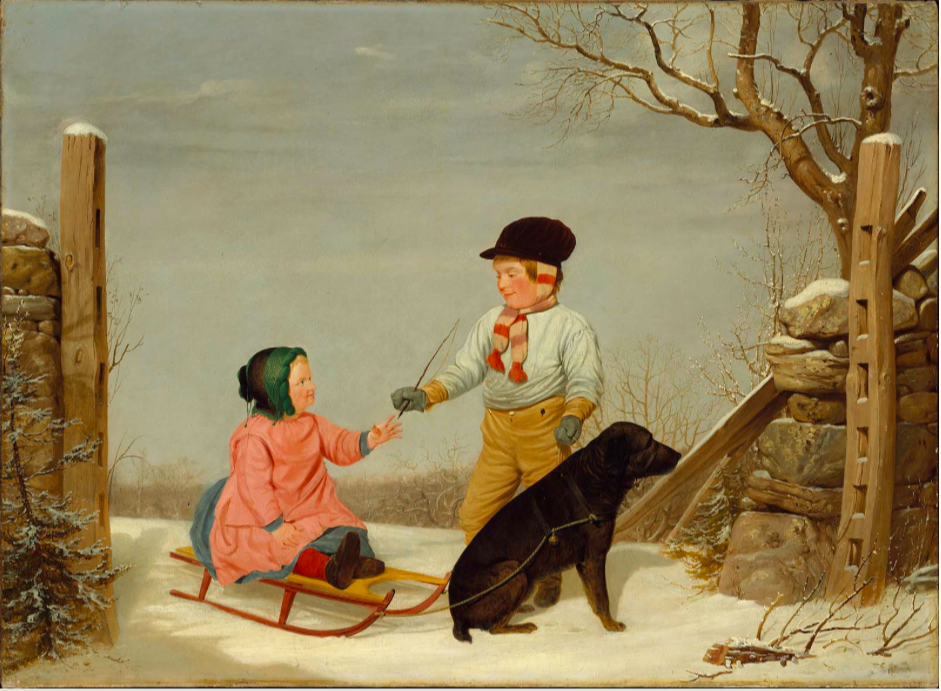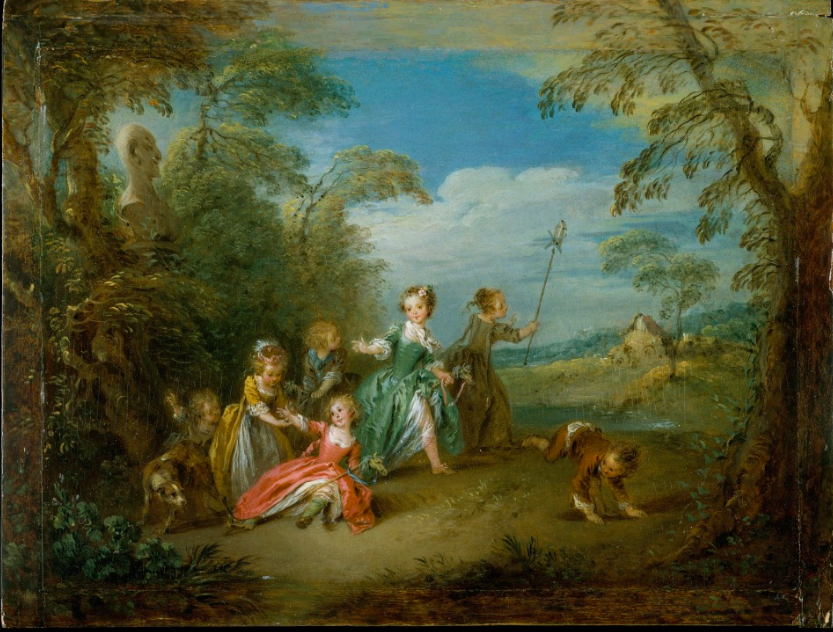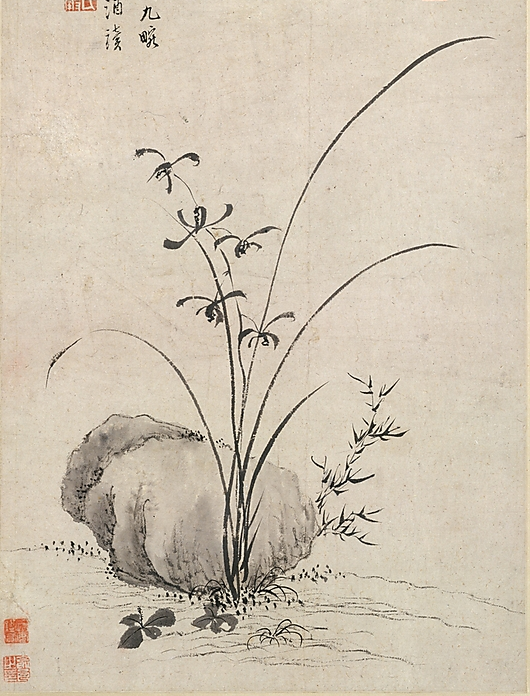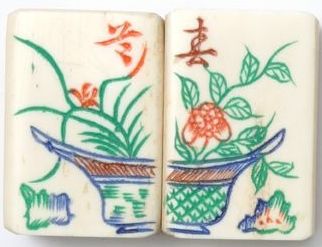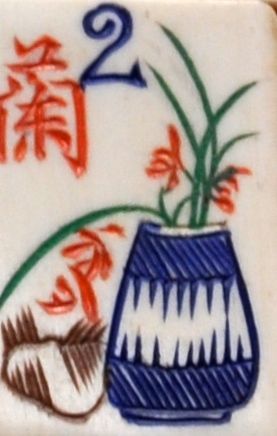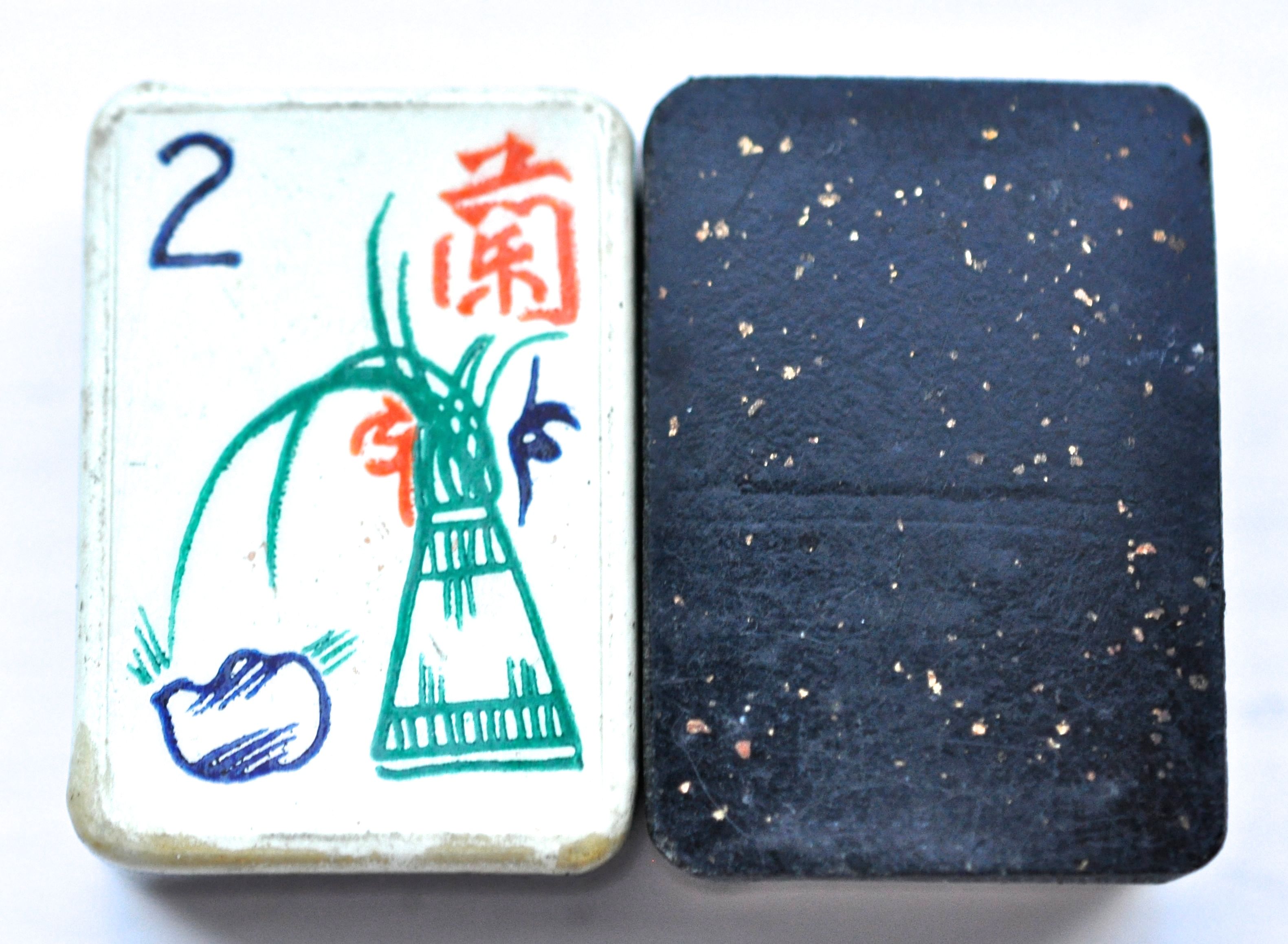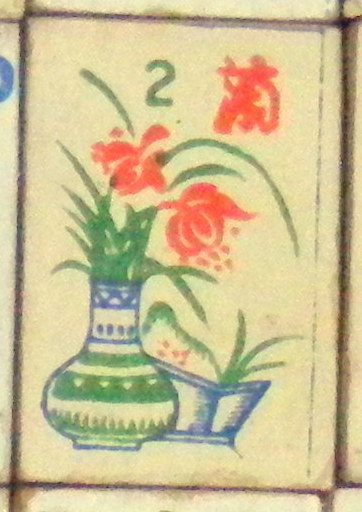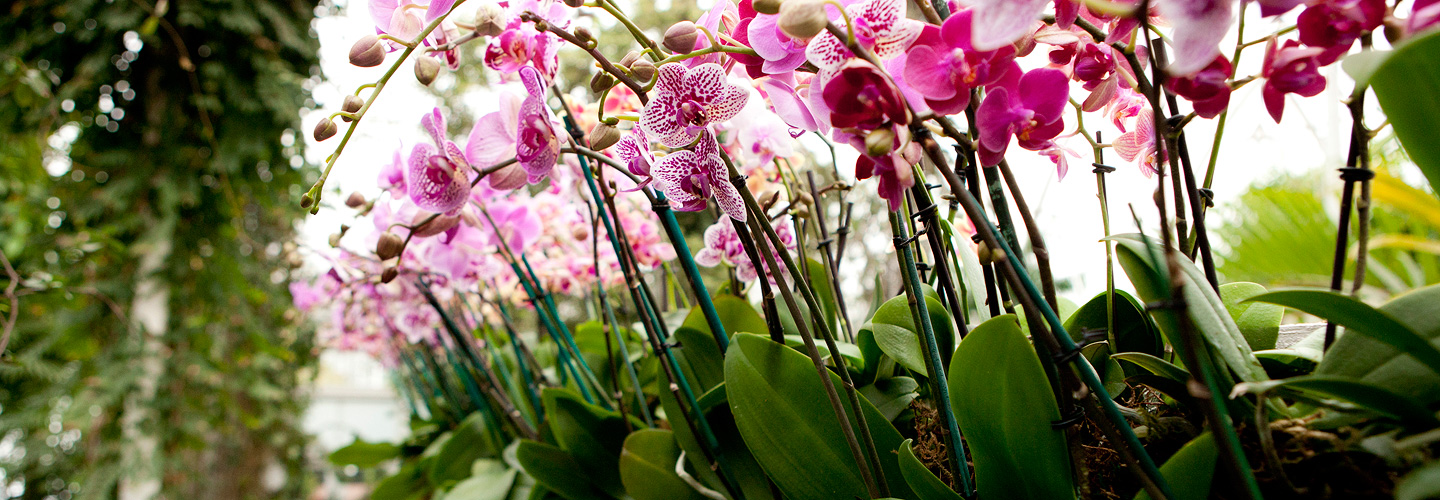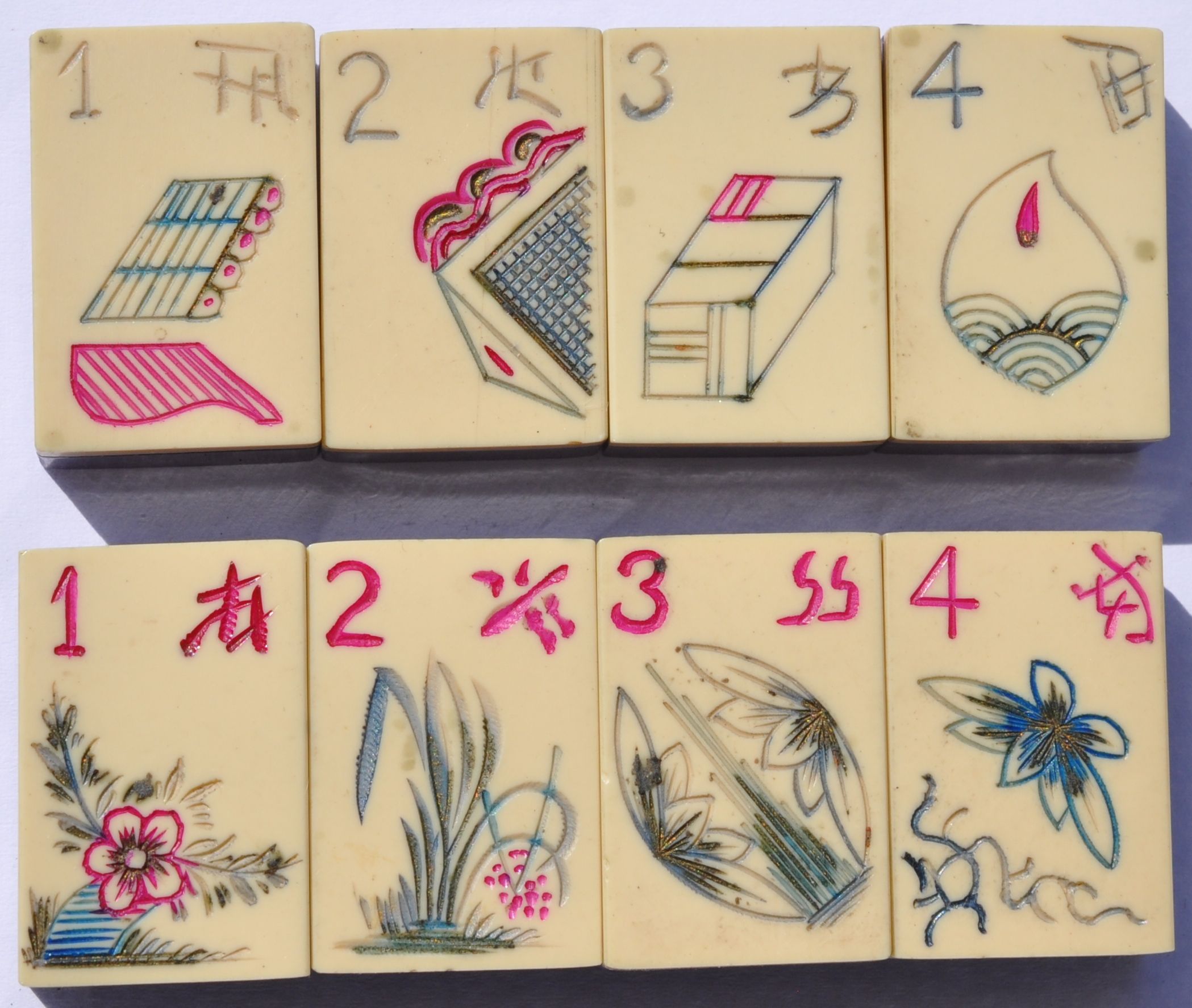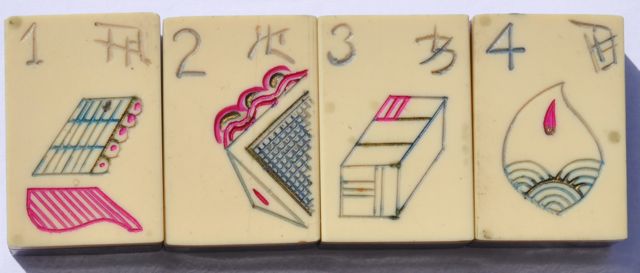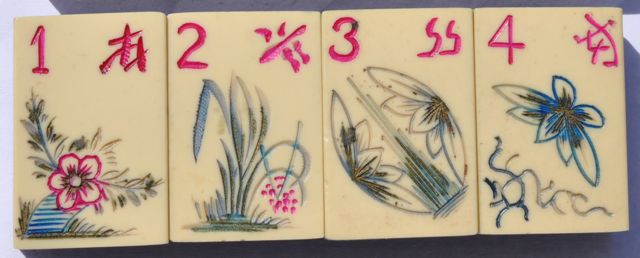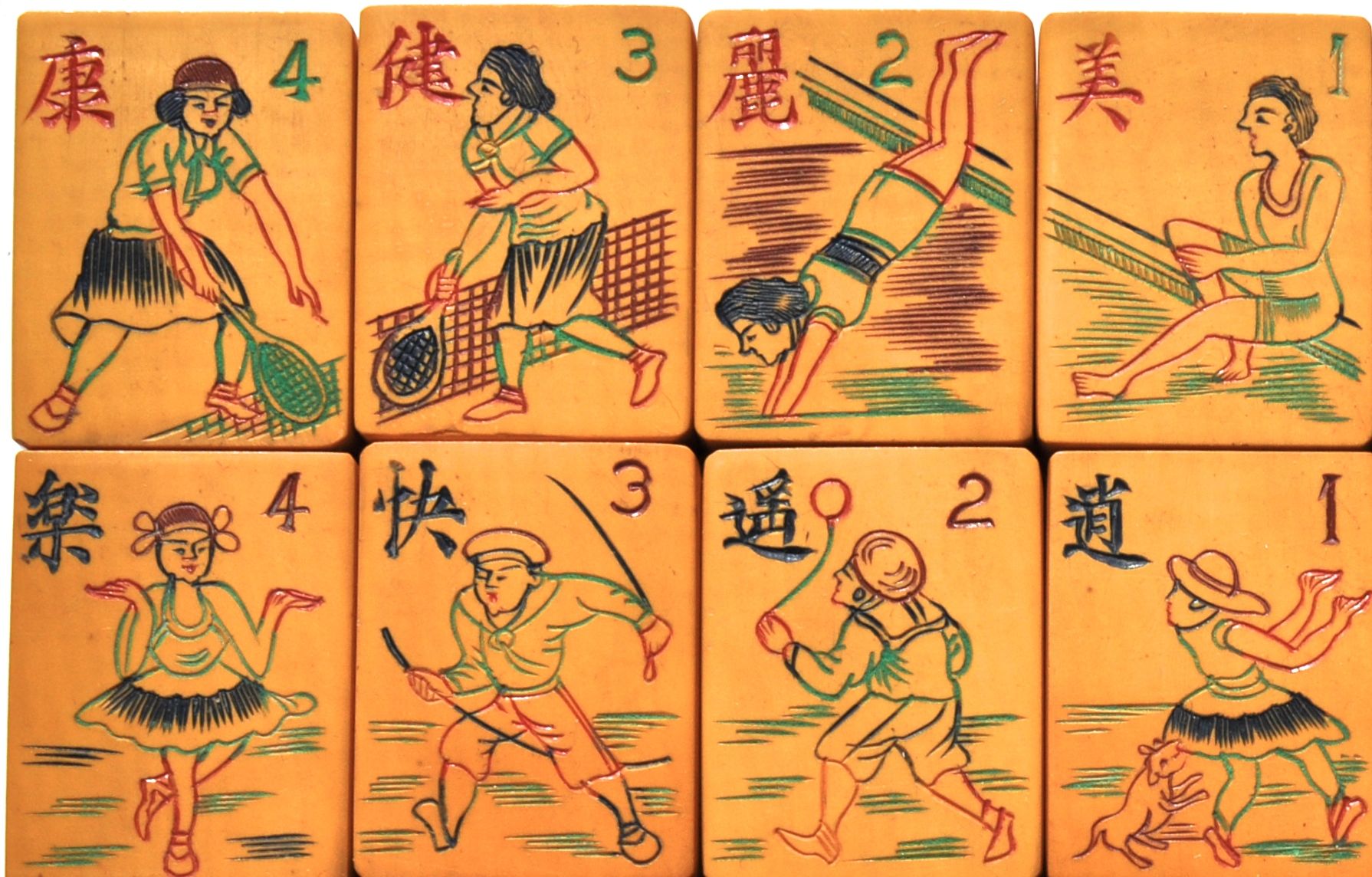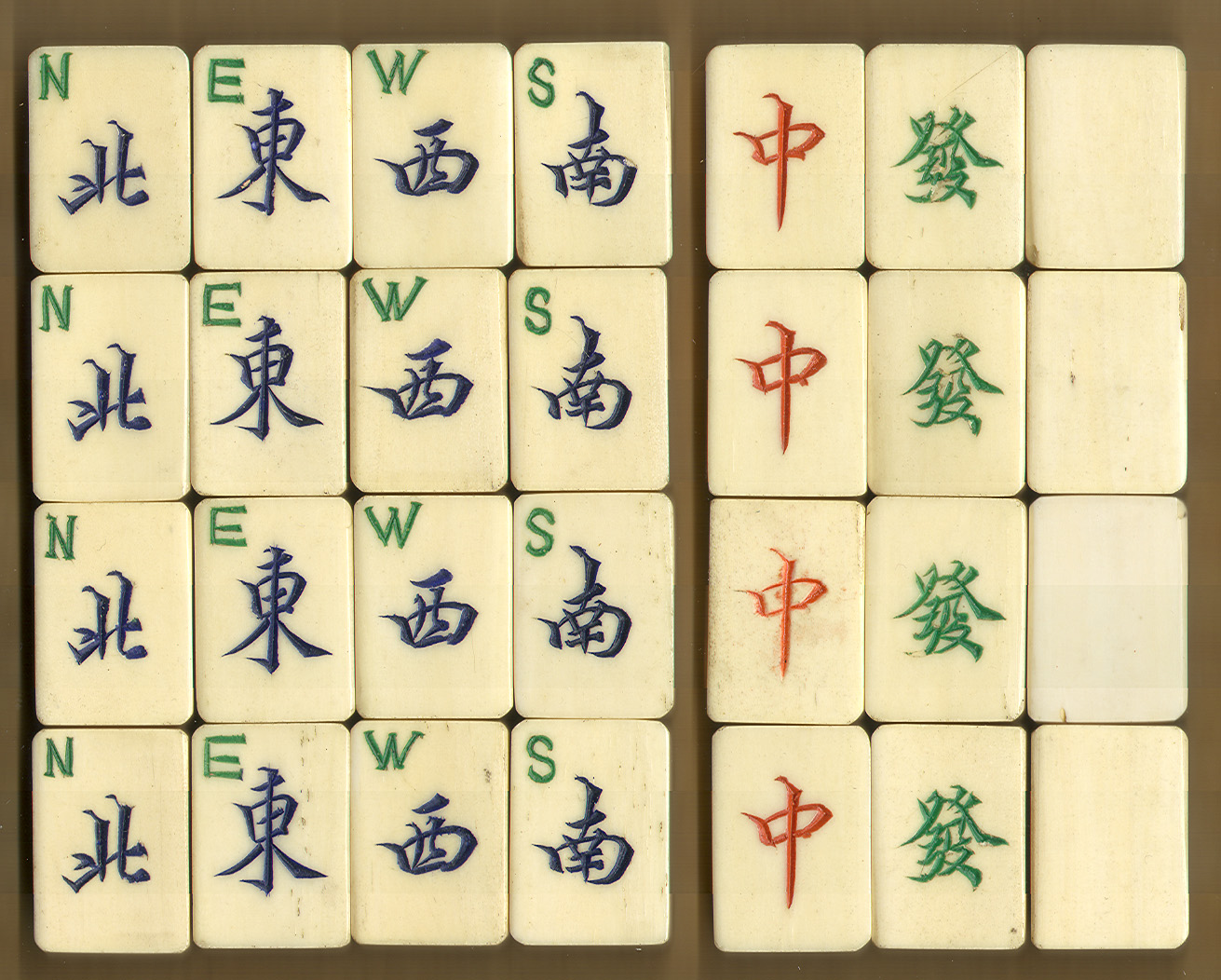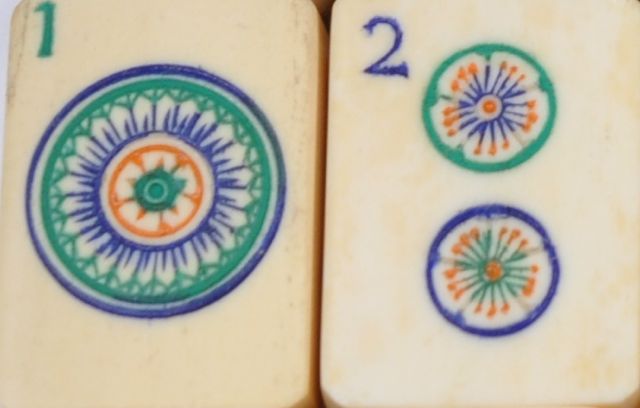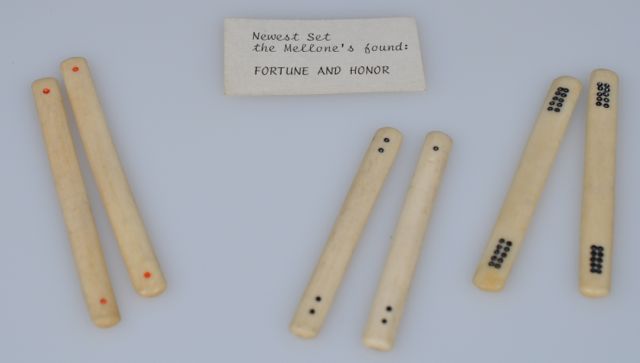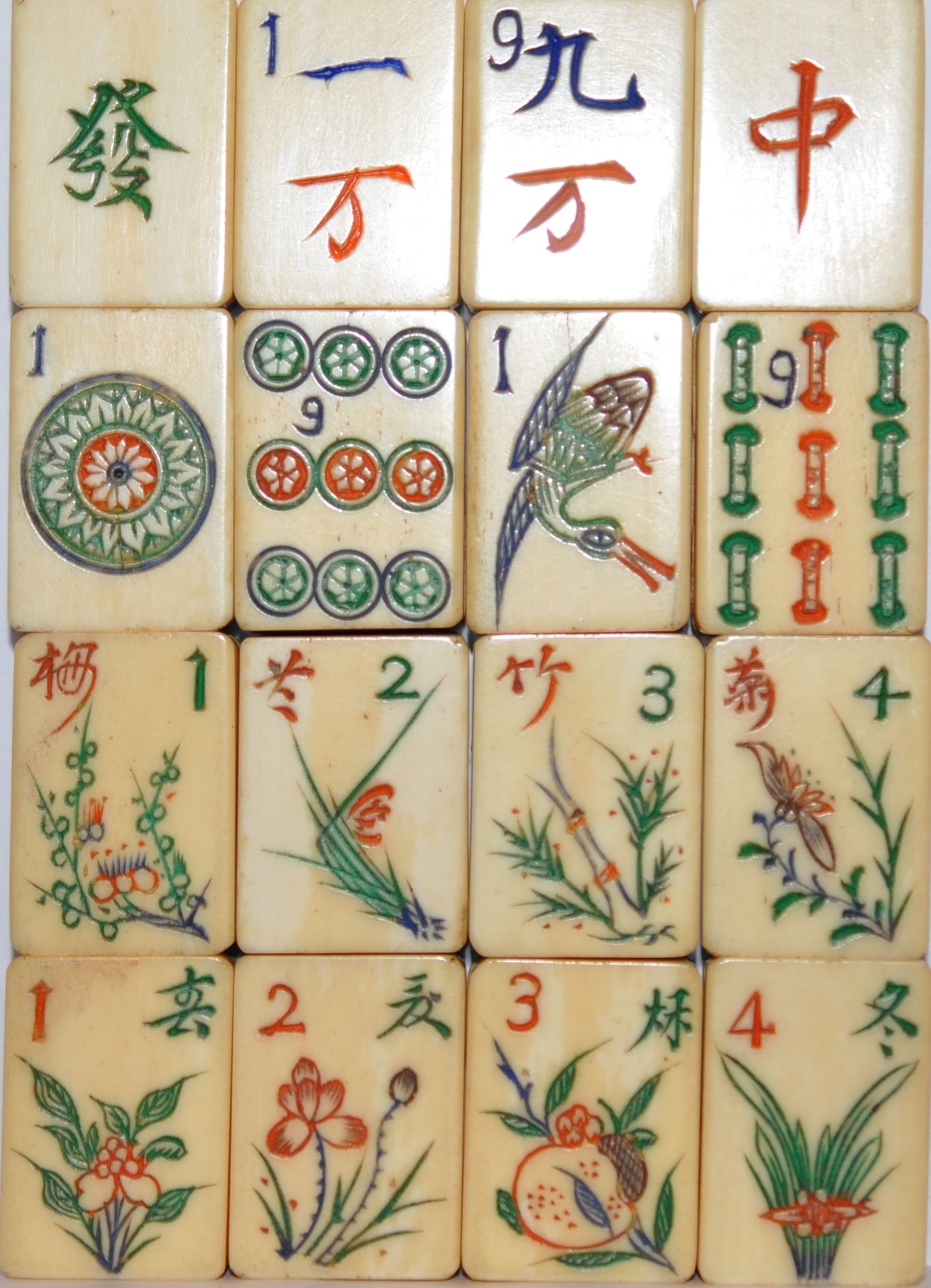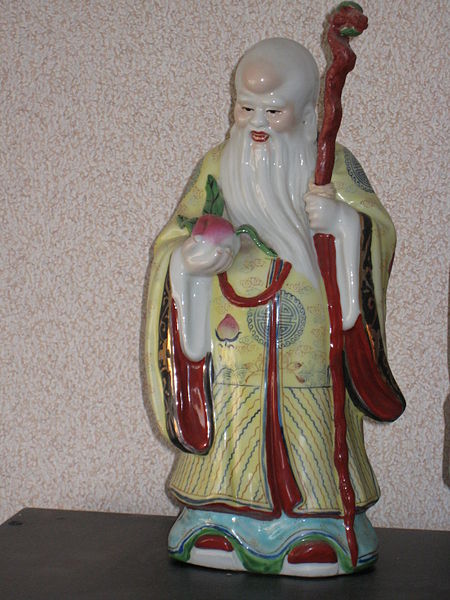Many of you know Chinese Bakelite is the name given to a variety of plastics used to make mahjong tiles that are carved by hand. These sets are prized for the delicacy of the designs (the plastic allowed for incredible details) and the often unusual Flowers. Most often the tiles are a single color, but sometimes you can find one with a wafer back, such as this one. These wafers ( different plastic glued to the Chinese Bakelite) are one of the more unusual colors: red.
What's not to love about this set? The wafers are the prettiest red I have seen. The striped One Bam bird is charming, the Dots beautifully carved with pretty details, and the White Dragon is one of my favorites. Up until now, every time I've seen a deeply carved Red Dragon, it's been in an owl set. (Notice how deep that gauge is?) This obviously is not an owl, but another very high end set.
There are 16 Flowers, but right now I am only going to show you 15. For those of you who have Mah Jongg the Art of the Game, you'll see how some of the images are very similar to those seen on page 123, but without the traditional clothing.
These ladies are having a day in the country. They look like young women might have in the 1930s, enjoying leisurely activities and relaxing. Everyone looks pensive, lost in thought. There's a reason: They are all modeling! It's a photo shoot of some sort!
And here's the guy responsible: the photographer. Don't you love that big camera?! This is the first time I have ever seen a full set of the photo shoot. So keep your eyes out one for these!
Needless to say, I am not going to cover up any of these tiles to turn them into Jokers. I'll use the little dot stickers that some people mark the hands they've won with, and put the stickers in empty spaces on the tiles. The tiles with the dots will be the Jokers. I'll take the stickers off after each game so as not to ruin the tiles. But that photographer is never going to be a Joker! So I guess those maidens are never going to "lighten up."
I used Mark-It Dots, 1/8" here.

